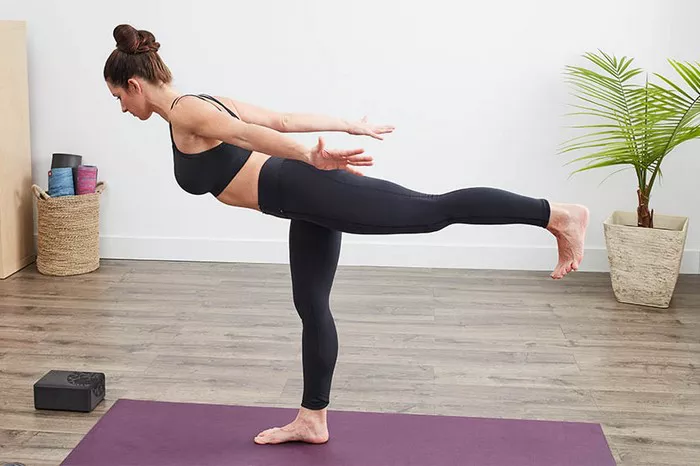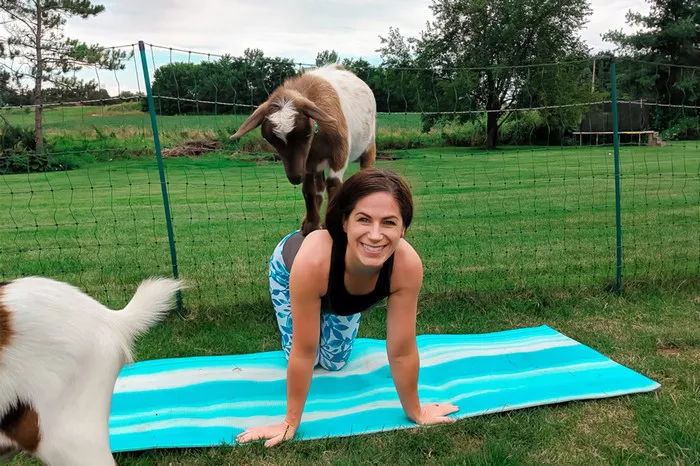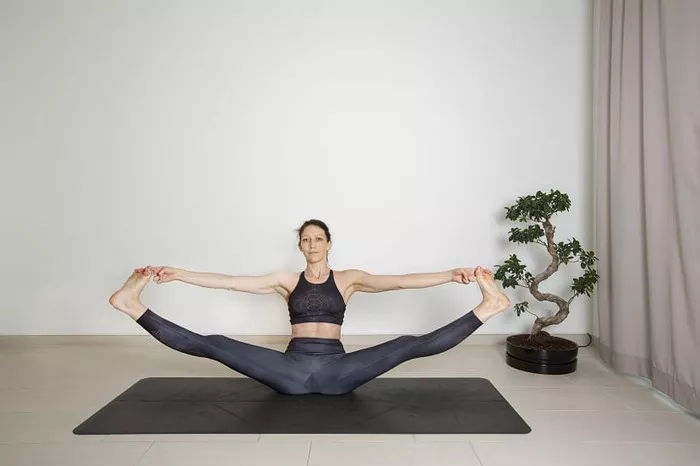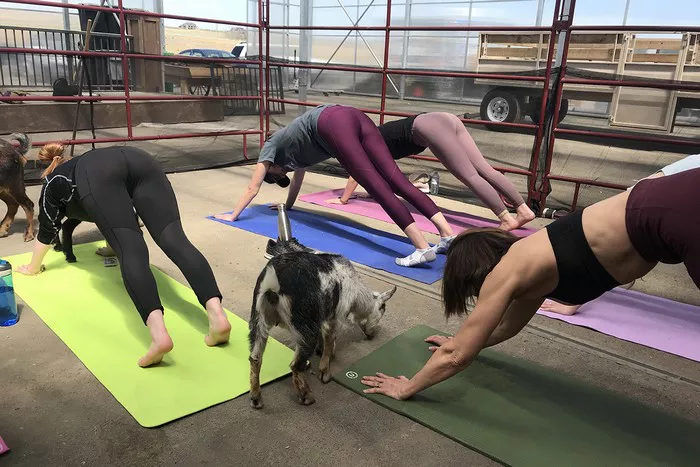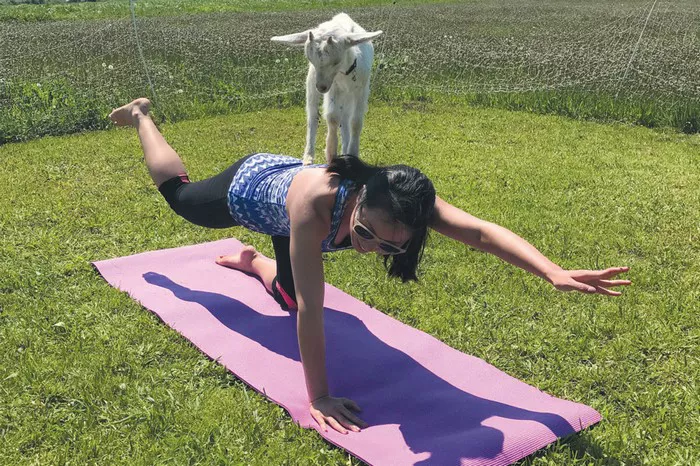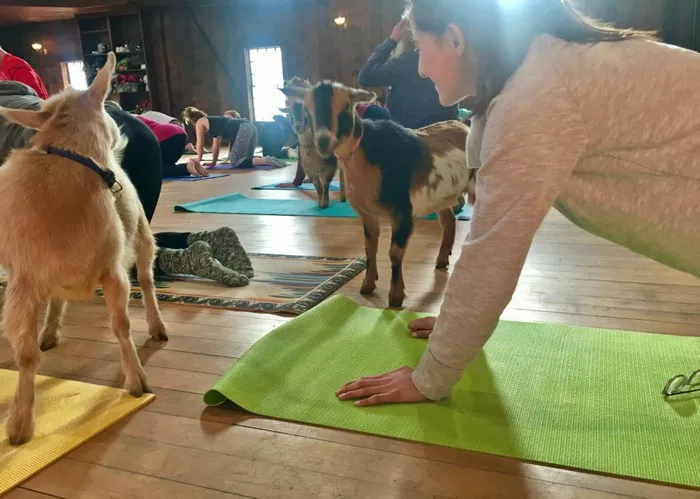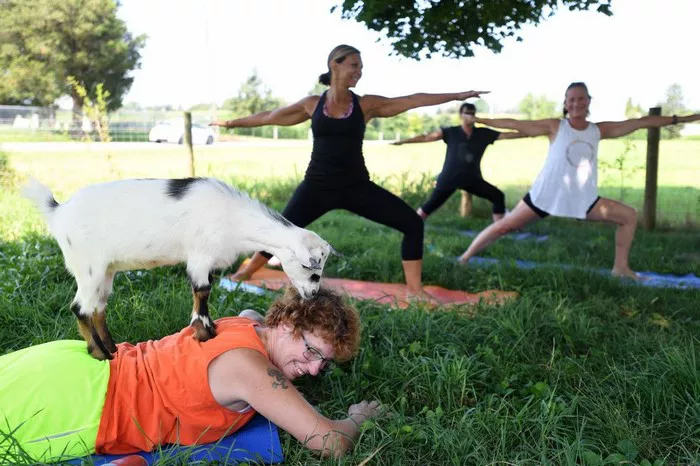Kriya Yoga is a spiritual practice that has captivated many individuals around the world for its profound benefits and transformative effects. Originating in ancient India and popularized in the modern world by the yogi and spiritual teacher Paramahansa Yogananda, Kriya Yoga is often seen as a highly effective way to achieve self-realization and spiritual enlightenment. But as more and more people seek to delve into its practices, one question arises: Can Kriya Yoga be done without a guru?
This question is vital, as the concept of a guru, or spiritual teacher, plays a significant role in many yoga traditions. In this article, we will explore the importance of a guru in Kriya Yoga, the possibility of practicing Kriya Yoga without a guru, and the pros and cons of both approaches. We will also discuss the essential elements of Kriya Yoga practice, its benefits, and whether it is feasible for individuals to successfully practice Kriya Yoga on their own.
Understanding Kriya Yoga
Before delving into the question of whether Kriya Yoga can be practiced without a guru, it’s essential to understand what Kriya Yoga is and why it is unique.
Kriya Yoga is a system of meditation that involves specific techniques for controlling and elevating one’s energy, mind, and consciousness. The term “Kriya” is derived from the Sanskrit word meaning “action” or “deed,” and it refers to the conscious control of the breath and mind to achieve spiritual awakening. At its core, Kriya Yoga involves the practice of pranayama (breathing exercises), dhyana (meditation), and pratyahara (sensory withdrawal). The ultimate goal of Kriya Yoga is to accelerate spiritual progress, leading the practitioner toward self-realization and unity with the divine.
Kriya Yoga differs from other forms of yoga in that it emphasizes the integration of breath control with meditation. By regulating the breath and focusing the mind, practitioners can experience a deep connection with the inner self and gradually transcend the limitations of the ego and material world.
The practice of Kriya Yoga is often regarded as a highly efficient and direct path to spiritual enlightenment, and it has been passed down through a lineage of gurus. Many spiritual seekers believe that the guidance of an experienced teacher is crucial for success in Kriya Yoga practice.
The Role of a Guru in Kriya Yoga
In the traditional approach to Kriya Yoga, the guru is seen as a spiritual guide, mentor, and source of wisdom. The guru imparts not only the techniques of Kriya Yoga but also the spiritual teachings necessary to understand its deeper meanings. A guru’s role is not simply to teach the techniques but also to guide the student in their spiritual journey, offering wisdom, support, and insight when obstacles arise.
The guru-disciple relationship is central to many spiritual practices in Hinduism and other Eastern traditions. A guru is often regarded as someone who has attained a high level of spiritual realization and can, therefore, lead others to the same realization. The guru’s personal experience and deep understanding of Kriya Yoga provide invaluable support to the student, especially in navigating the subtle aspects of meditation and inner awareness.
One of the key reasons why a guru is considered important in Kriya Yoga is the transmission of energy or spiritual power (Shakti). Many believe that the guru, through their presence and teachings, can help awaken the dormant spiritual energy within the disciple. This energy is said to aid in the awakening of higher consciousness, enabling the student to experience spiritual growth more rapidly than they would without guidance.
Furthermore, the guru helps the disciple stay on track by offering personalized guidance and monitoring progress. Kriya Yoga can sometimes be a challenging practice, requiring discipline, patience, and perseverance. A guru’s guidance helps to ensure that the practitioner is not deviating from the true path or misapplying the techniques.
Can Kriya Yoga Be Done Without a Guru?
The short answer to the question of whether Kriya Yoga can be practiced without a guru is yes, but with important caveats. While the traditional approach to Kriya Yoga emphasizes the necessity of a guru, it is not impossible for a person to learn and practice Kriya Yoga independently. However, doing so may come with certain limitations and challenges.
1. Access to Authentic Teachings
Kriya Yoga, like many other spiritual traditions, has been passed down through a lineage of teachers. The teachings and practices have often been kept within a select group of practitioners, and the proper techniques are usually transmitted in person from teacher to student. This ensures that the teachings are not diluted or misunderstood and that the student receives the correct guidance to navigate the complexities of the practice.
In today’s modern world, however, many people have access to Kriya Yoga teachings through books, online courses, and videos. While these resources can provide a basic understanding of the practices, they often lack the depth and personal interaction that comes with having a guru. Without a teacher to provide personalized feedback and address individual questions, the practitioner may struggle to fully grasp the subtleties of the practice or misinterpret key aspects of the techniques.
2. Self-Doubt and Lack of Guidance
One of the greatest challenges of practicing Kriya Yoga without a guru is the potential for self-doubt. Without the guidance of an experienced teacher, a practitioner may question whether they are performing the techniques correctly or progressing in their practice. This lack of confidence can lead to frustration, which can hinder progress and even lead to abandoning the practice altogether.
Additionally, a guru’s role in providing spiritual wisdom and guidance cannot be understated. A guru helps the disciple understand not just the mechanics of Kriya Yoga, but also the deeper spiritual insights. Without this guidance, it may be difficult for a practitioner to discern whether they are truly advancing on their spiritual journey or simply going through the motions.
3. The Importance of Transmission of Energy
In many spiritual traditions, including Kriya Yoga, there is a belief that spiritual energy is transmitted from the guru to the disciple. This transmission is said to help accelerate the spiritual awakening process and support the practitioner in their inner growth. Without a guru, it may be harder for a practitioner to access this energy, which could slow down their progress.
While it is possible for someone to experience spiritual growth on their own, the absence of a guru’s direct transmission of energy may mean that the practitioner’s growth is slower or more challenging.
4. Personalized Guidance and Corrections
Kriya Yoga is an intricate practice that involves subtle mental and physical adjustments. A guru can offer personalized corrections based on the individual’s progress, helping them refine their technique and avoid common pitfalls. Without this personalized feedback, a practitioner may inadvertently develop incorrect habits that could be difficult to undo later on.
Moreover, when practicing alone, it can be difficult to recognize and overcome the mental blocks, distractions, and challenges that inevitably arise during meditation. A guru’s presence is often essential for helping a disciple navigate these obstacles and continue on their path.
Pros of Practicing Kriya Yoga Without a Guru
While the absence of a guru presents certain challenges, there are some potential advantages to practicing Kriya Yoga independently.
1. Independence and Self-Discovery
Practicing Kriya Yoga without a guru can lead to a greater sense of independence and self-reliance. When learning on one’s own, there is a freedom to explore the practices at one’s own pace, without the constraints of a teacher’s schedule or expectations. This can foster a deeper sense of self-discovery as the practitioner learns to trust their intuition and inner guidance.
2. Access to Modern Resources
Thanks to the internet, books, and other modern resources, individuals can now access a wealth of information about Kriya Yoga. This has made it easier for those who may not have access to a traditional guru to still learn about and practice the techniques. Online communities and forums can also provide support and guidance, helping practitioners stay connected with others on a similar path.
3. Convenience and Flexibility
Practicing Kriya Yoga without a guru offers flexibility in terms of when and where the practice takes place. There is no need to adhere to a specific class schedule or travel to a teacher’s location. For individuals with busy schedules or those living in areas without access to qualified teachers, this can be a significant advantage.
Cons of Practicing Kriya Yoga Without a Guru
While practicing independently can offer some benefits, it also comes with notable disadvantages:
1. Lack of Deep Spiritual Guidance
Without a guru to offer spiritual insights, a practitioner may miss out on the deeper teachings of Kriya Yoga. The guru’s wisdom helps to illuminate the hidden aspects of the practice and provides the necessary context for understanding its spiritual significance. Without this guidance, a practitioner may only be practicing the techniques on a surface level, missing out on the full potential of Kriya Yoga.
2. Greater Risk of Misapplication
Kriya Yoga involves a combination of breathing exercises, meditation, and energy control techniques. Incorrect application of these techniques can lead to frustration, confusion, or even physical or mental discomfort. A guru ensures that the techniques are performed correctly and safely, minimizing the risk of harm.
3. Slower Spiritual Progress
Without the personal guidance of a guru, a practitioner may experience slower spiritual progress. The guru’s role is to offer encouragement, support, and adjustments to the practice, helping the student navigate obstacles and stay focused on their path. Without this external support, progress may be more gradual and difficult to achieve.
Conclusion
In conclusion, while it is possible to practice Kriya Yoga without a guru, it comes with certain challenges. A guru’s guidance can greatly accelerate spiritual progress, provide personalized feedback, and offer invaluable wisdom. Without this guidance, a practitioner may struggle with self-doubt, misinterpretation of techniques, and slower spiritual growth.
However, for those who are unable to access a guru or prefer to practice independently, it is still possible to engage in Kriya Yoga with the right resources, dedication, and self-awareness. In this case, practitioners must take extra care to ensure they are practicing the techniques correctly, seeking guidance from other sources such as books, online communities, and trusted teachers when needed.
Ultimately, whether one chooses to practice Kriya Yoga with or without a guru depends on personal preference, circumstances, and the individual’s commitment to the practice. Regardless of the path chosen, the transformative power of Kriya Yoga remains accessible to all who sincerely seek to deepen their connection with their inner self and experience spiritual growth.
Related Topics:



